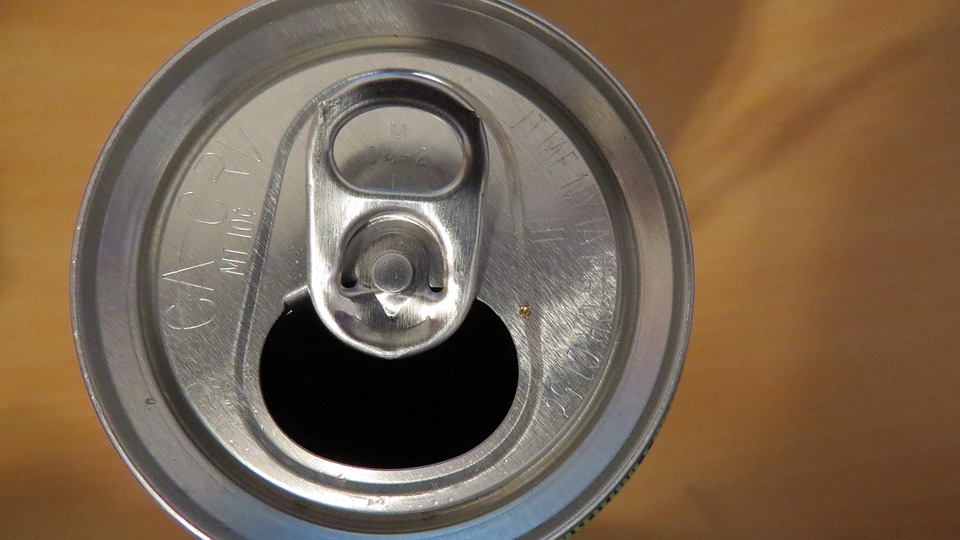How Can I Tell If My Car Battery Is Dying

Okay, gearheads, let's talk about a situation that's as universal as the smell of burning rubber at the track: the dreaded dying car battery. One minute you're cruising, the next you're stranded, listening to the agonizing *click-click-click* of a starter that just doesn't want to play ball. But fear not! With a little know-how, you can spot the warning signs before your battery decides to take its final bow.
Spotting the Signs: It's Not Always Obvious
The telltale signs of a weakening battery can vary depending on your vehicle, its age, and even the type of driving you typically do. Let's break down the common symptoms and how they might manifest differently in various scenarios.
The Slow Crank
This is often the first and most noticeable sign. Instead of the engine firing up with its usual gusto, you'll hear a hesitant, drawn-out cranking sound. This indicates the battery is struggling to provide the necessary voltage to the starter motor.
- Pro: Relatively easy to detect, even for novice car owners.
- Con: Can be confused with other starting issues, like a faulty starter solenoid.
Real-World Driving Impression: Imagine you're in your classic 1967 Mustang, trying to impress a date. The slow crank is embarrassing, drawing unwanted attention. Contrast that with a modern BMW M3; the advanced electronics might mask the slow crank initially, making it less obvious until the battery is severely depleted. The M3's sophisticated system might even throw a specific error code, which the Mustang definitely can't do!
Dimming Headlights and Interior Lights
Another common symptom is a noticeable dimming of your headlights or interior lights, especially when idling or using other electrical components like the air conditioning or power windows. This indicates the battery is struggling to maintain a consistent voltage under load.
- Pro: Visual and easy to observe at night.
- Con: Can be subtle, especially with modern LED headlights that consume less power.
Model-Specific Differences: A vintage muscle car with old-school halogen headlights will show dimming much more dramatically than a Tesla Model 3 with energy-efficient LEDs. The Tesla also has a sophisticated battery management system that might try to compensate for the weak battery, potentially masking the symptom temporarily. Similarly, cars with auto start/stop systems are especially hard on car batteries and you might notice issues more often on those car types.
Electrical Gremlins
A dying battery can cause all sorts of weird electrical glitches. This could include malfunctioning power windows, erratic behavior from the infotainment system, or even false warning lights on the dashboard. These gremlins are a sign that the battery's voltage is fluctuating wildly, causing havoc with the car's sensitive electronics.
- Pro: Often the first sign in newer cars with complex electrical systems.
- Con: Can be difficult to diagnose without specialized equipment.
Engine Technology Note: Cars with direct injection engines (like many modern turbocharged engines) are more sensitive to voltage drops. A weak battery can lead to misfires and poor performance, as the fuel injectors require a precise and consistent voltage to operate correctly. This means your Subaru WRX might feel sluggish and hesitant with a dying battery, whereas an older carbureted engine might be less affected.
The Click of Doom
This is the final, desperate plea of a completely dead battery. You turn the key, and all you hear is a single, lonely *click*. This means the battery doesn't have enough power to even engage the starter motor. You're officially stranded.
- Pro: Absolutely no ambiguity. You have a problem!
- Con: Inconvenient and often happens at the worst possible time.
The Cold Hard Specs: Battery Types and Their Quirks
Not all car batteries are created equal. Here's a quick rundown of common battery types and how they might behave when they're on their way out:
| Battery Type | Pros | Cons | Dying Battery Symptoms |
|---|---|---|---|
| Lead-Acid (Conventional) | Inexpensive, readily available. | Shorter lifespan, requires maintenance (checking fluid levels). | Slow crank, dimming lights, corrosion around terminals. |
| AGM (Absorbent Glass Mat) | Longer lifespan, maintenance-free, better performance in cold weather. | More expensive than lead-acid. | Similar to lead-acid, but symptoms might be more subtle initially. Can fail abruptly. |
| Lithium-Ion (Li-Ion) | Very long lifespan, lightweight, high energy density. | Very expensive, requires specialized charging systems. | Often used in hybrids and EVs, so may display more complicated fault messages and less obvious starting issues. Gradual decline in range in EVs. |
Important Note: Always check your owner's manual for the recommended battery type for your vehicle. Using the wrong type can damage your car's electrical system.
Testing Your Battery
If you suspect your battery is dying, the best way to confirm your suspicions is to test it. You can use a simple voltmeter to check the voltage, or take your car to a local auto parts store for a free battery test. A healthy battery should read around 12.6 volts when the engine is off.
A load test, which puts the battery under a simulated load, is even more accurate. This will reveal how well the battery can maintain its voltage under stress. If the voltage drops significantly during the load test, your battery is likely on its last legs.
Final Thoughts
Don't wait until you're stranded on the side of the road to address a dying battery. Be proactive, watch for the warning signs, and get your battery tested regularly. A little preventative maintenance can save you a lot of headaches (and potentially a tow truck bill!).
So, here's the fun debate starter: What's the most unexpected car problem you've ever had that turned out to be caused by a dying battery? Share your stories!
